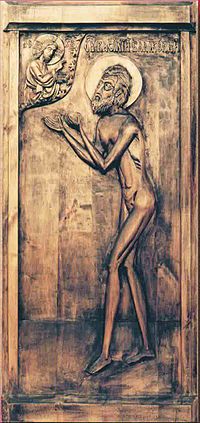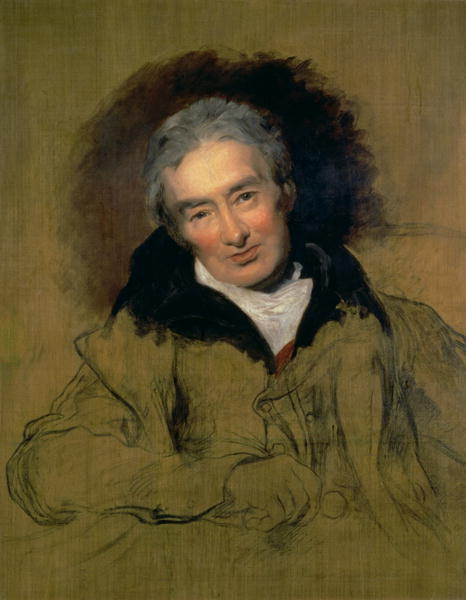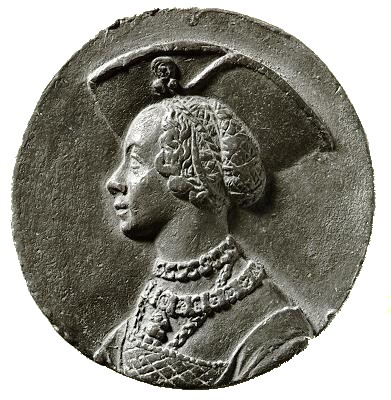
Bible connection
Share in suffering like a good soldier of Christ Jesus. No one serving in the army gets entangled in everyday affairs; the soldier’s aim is to please the enlisting officer. – 2 Timothy 2:3-4
All about William Booth (1878-1912)
William Booth, “The Prophet of the Poor,” was an English Methodist preacher who, along with his wife, Catherine, founded The Salvation Army and became its first General (1878–1912). The Christian Mission he started in 1865 later acquired a quasi-military structure and government and spread to many parts of the world where it is now known for being one of the largest distributors of humanitarian aid.
After Booth died, 150,000 people filed by his casket, and 40,000 people, including Queen Mary (yes that Queen Mary), attended his funeral. It was a remarkable end for a man born into poverty and who worked in the midst of poverty his whole life.
Booth was born near Nottingham, England. His parents were not religious and lower middle class at best, with little education. His father, “a Grab, a Get,” according to Booth definition, died when he was 14. By that time, William was helping to earn the family income as a pawnbroker’s apprentice.
Sometime during his fifteenth year, Booth was invited by a couple to attend a Wesleyan chapel, where he decided to follow Jesus. He wrote in his diary, “God shall have all there is of William Booth.” Then came another life-changing experience: he heard Charles Finney (see Aug. 16) speak in a Nottingham church. The crowd led Booth to see that “soul-saving results may be calculated upon when proper means are used for their accomplishment.” Booth went on to make a lifelong commitment to Finney’s methods.
Booth and a group of friends set out to evangelize the poor. They made nightly open-air speeches, after which they invited people to meetings in homes. Their use of lively songs, short exhortations calling for a decision for Christ, and visitation of the sick and their converts (whose names and addresses they recorded) anticipated methods Booth would write into Salvation Army Orders and Regulations 30 years later. When he was criticized for using secular tunes to attract crowds, he replied, “Secular music, do you say, belongs to the devil? Does it? Well, if it did I would plunder him for it, for he has no right to a single note of the whole seven.”
When his pastor proposed that he prepare for ordained ministry, Booth accepted. The disorganized church to which he was called repelled him. During this period, he met Catherine Mumford. Beginning with their second meeting on Good Friday 1852, they entered one of the most remarkable relationships in Christian history. They married in June of 1855.
By 1861 Booth decided “settled ministry” did not suit him, and he resigned. He and Catherine became itinerant evangelists in Wales, Cornwall, and the Midlands, Britain’s “burned-over” districts. The Booths preached in lantern-lit tents on unused burial grounds, in haylofts, in rooms behind a pigeon shop—anywhere to fulfill his famous words, “Go for souls and go for the worst!”
An invitation for Catherine to preach in London in 1865 led him to accept temporary leadership of a mission in East London. That area in the 1860’s was a crowded, squalid, maze of hovels, 290 people to the acre. It was said that every fifth house was a gin shop, and most of them had special steps to help even the tiniest children reach the counter. After seeing some of East London’s gin palaces, he told Catherine, “I seemed to hear a voice sounding in my ears, ‘Where can you go and find such heathen as these, and where is there so great a need for your labors?’”
Booth soon organized his own East London Christian Mission. In 1878, he energized it by giving it the name “Salvation Army,” with himself as the General. Military trappings were added over the next couple of years. The idea caught the imagination, and within ten years, the Salvation Army was established in the United States, Canada, and Europe as well.
Over the years, he and Catherine created an elaborate social relief system because he believed charity would speed the work of evangelism. In 1890, he published the best-selling In Darkest England and the Way Out to explain his social relief scheme.
At the time of his death, the Salvation Army had become a family-run Christian empire, with seven of the Booths’ eight children taking leadership positions. Today, following the pattern established by the first general, the Salvation Army marches on with over 25,000 officers in 91 countries.
Quotes:
“While women weep, as they do now, I’ll fight; while little children go hungry, I’ll fight; while men go to prison, in and out, in and out, as they do now, I’ll fight—while there is a drunkard left, while there is a poor lost girl upon the streets, where there remains one dark soul without the light of God—I’ll fight! I’ll fight to the very end!”
“The chief danger that confronts the coming century will be religion without the Holy Ghost, Christianity without Christ, forgiveness without repentance, salvation without regeneration, politics without God, heaven without hell.”
“God loves with a great love the man whose heart is bursting with a passion for the impossible.”
More
Get his story from the Salvation Army.
Hear William Booth in his own voice
Watch a dramatization of a vision if William Booth. [Try an artistic one with an English accent!]
Joan Kroc’s bequest of McDonald’s money to the Salvation Army changed things.
This video is a 1978 revision of materials discovered in 1953:
What do we do with this?
Booth’s passion caused some major relationship issues and division. At the same time it caused a lot of healing and drew people into relationship with Jesus who would never have gotten there through a more traditional church. Does anything move you, in particular these days? Are you movable? Booth would ask you, “What are you waiting for? Jesus did not hesitate to rescue you.”















 They tried to ignore her, but friends had her letter to the teachers published by the new social media of the time: the printing press. Sympathizers and publishers with a nose for news raced to reprint the compilation. It went “viral” — mere woman challenging a university!
They tried to ignore her, but friends had her letter to the teachers published by the new social media of the time: the printing press. Sympathizers and publishers with a nose for news raced to reprint the compilation. It went “viral” — mere woman challenging a university!

